Desert Rose Plant Care, Planting, Height And Benefits
Desert Rose with its striking blooms and unique bulbous trunk can thrive in the harshest conditions. This resilient plant is essential for anyone looking to enhance their indoor or outdoor garden. The Desert Rose might just be the answer offering not only stunning aesthetics but also resilience in low maintenance gardening.
In this comprehensive guide we cover Desert Rose plant care, including optimal planting techniques, expected height and the myriad benefits this stunning succulent brings to your space. including planting methods height expectations and the numerous advantages it offers ensuring you can enjoy its beauty for years to come.
What is a Desert Rose Plant?
This Plant scientifically named Adenium obesum is a striking succulent native to the arid regions of Africa and the Arabian Peninsula. This remarkable plant is distinguished by its thick swollen trunk that stores water allowing it to thrive in harsh environments. Its vibrant funnel shaped flowers bloom in a kaleidoscope of colors ranging from deep reds to soft pinks making it a favorite among gardeners and plant enthusiasts alike.
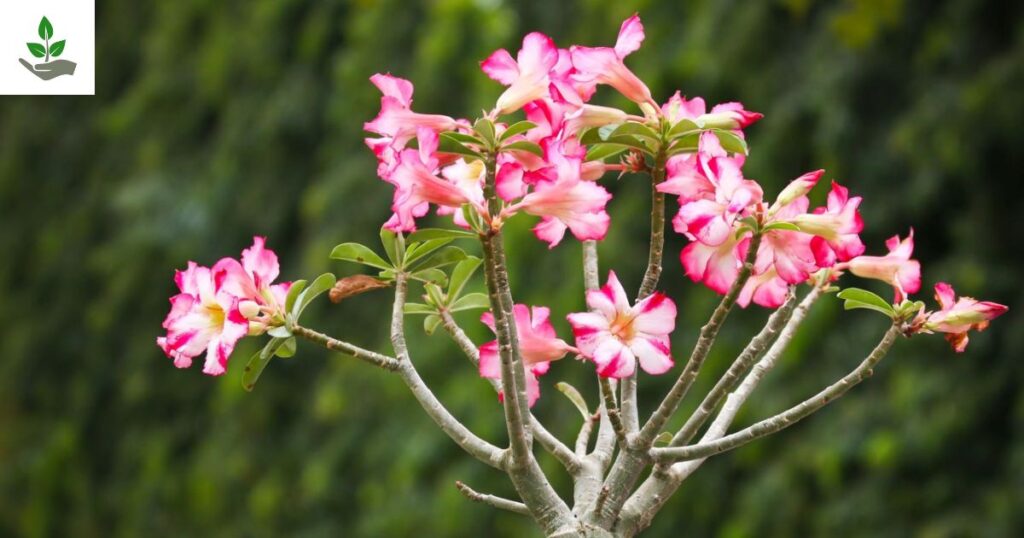
It thrives with minimal care, making it an ideal choice for both novice and experienced gardeners who appreciate low maintenance yet stunning greenery. Embracing a Desert Rose in your home not only enhances your living space but also serves as a reminder of nature’s extraordinary adaptability and beauty.
Desert Rose Plant History
This Adenium obesum has a rich history that intertwines culture, art, and horticulture. Indigenous to the arid regions of Africa and the Arabian Peninsula, this striking succulent has captivated the hearts of many for centuries. In various cultures it is revered not only for its stunning trumpet shaped flowers but also for its symbolism of resilience and beauty in harsh environments.
The plant ability to thrive in extreme conditions has made it a metaphor for endurance and strength, often finding its way into folklore and local traditions. This blending of tradition and innovation highlights the ongoing relationship between humans and nature showcasing how a single plant can bridge cultures and inspire creativity across generations.
Desert Rose Plant Overview
| Scientific Name | Adenium obesum |
| Common Names | Desert Rose, Sabi Star, Impala Lily |
| Plant Type | Succulent shrub |
| Native Habitat | East Africa and the Arabian |
| Size | 2 to 6 feet |
| Flower Color | Pink, red, white |
| Blooming Season | Summer to early fall |
| Sun Requirements | Full sun (at least 6 hours a day) |
| Watering Needs | soil to dry between watering |
| Soil Type | Well-draining, sandy or cactus mix soil |
| Temperature Range | 65°F and 95°F (18°C-35°C) |
| Fertilizer | spring to fall |
| Toxicity | contains cardiac glycosides |
| Propagation | From seed or stem cuttings |
What Are Desert Rose Plant Types?
- Adenium obesum (Common Desert Rose)
- Adenium obesum Double
- Adenium Khalil
Adenium obesum
This commonly the Desert Rose is not just a botanical marvel but also a testament to resilience. Native to arid regions of Africa and the Arabian Peninsula this succulent has adapted beautifully to harsh conditions thriving where many plants would wither.
Its thick bulbous trunk serves as a reservoir for water enabling it to survive prolonged dry spells while its vibrant, funnel shaped flowers burst forth in hues of pink, red, and white, creating a striking contrast against its lush green leaves. This visual splendor draws gardeners and plant enthusiasts alike, eager to cultivate a piece of desert beauty.
Adenium obesum Double
The double flowered desert rose, is a stunning variant that captivates both novice and seasoned gardeners alike. Unlike its single flower counterpart the double variety boasts layers of petals that create a lush full bloom reminiscent of miniature roses.
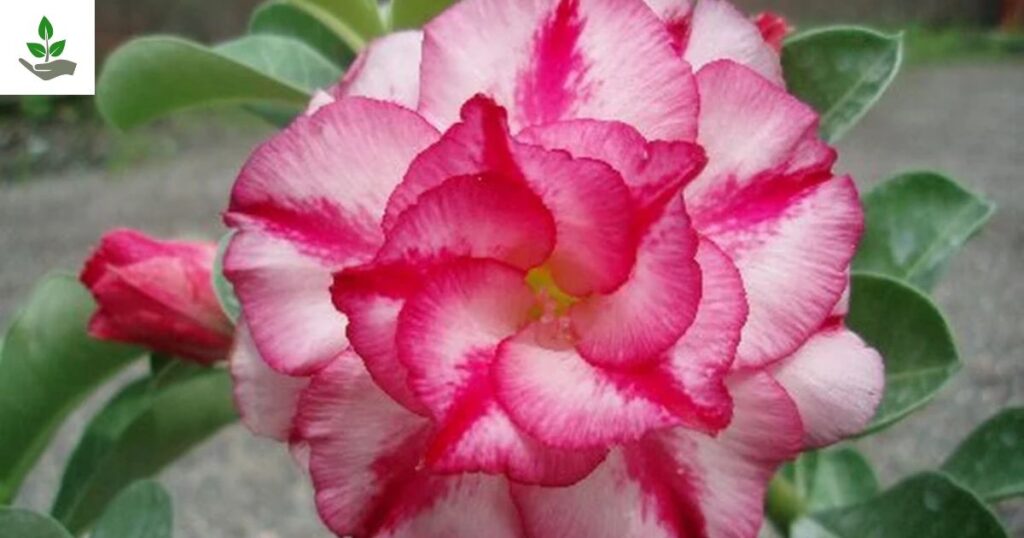
This unique structure not only enhances its aesthetic appeal but also contributes to its popularity in ornamental gardening and landscape design. The rich colors range from deep reds to soft pinks often exhibiting striking contrasts that can brighten any space.
Adenium Khalil
Often revered for its striking beauty and resilience is a remarkable variant of the desert rose that captivates plant enthusiasts around the world. This succulent is not just a feast for the eyes it embodies a fascinating blend of botanical adaptations that allow it to thrive in arid environments.
The Adenium Khalil thick fleshy leaves and bulbous trunk store water making it an ideal choice for those looking to cultivate low maintenance yet stunning plants in their gardens or homes.
Guide About Desert Rose Plant
This plant Adenium obesum is a succulent that captivates with its strikingly beautiful flowers and unique bulbous trunk. Native to arid regions of Africa and the Arabian Peninsula this hardy plant thrives in well draining soil and requires minimal water making it an ideal choice for those looking to cultivate a stunning yet low-maintenance garden.
Its vibrant blooms can range from deep pink to white often displaying a mesmerizing gradient that adds a touch of elegance to any landscape.
Desert Rose Plant Seeds
These seeds sourced from the Adenium obesum are not just a gateway to growing a stunning succulent but also an opportunity to witness the unique beauty of nature adaptations. When planted they require a warm dry environment that mimics their native habitats.
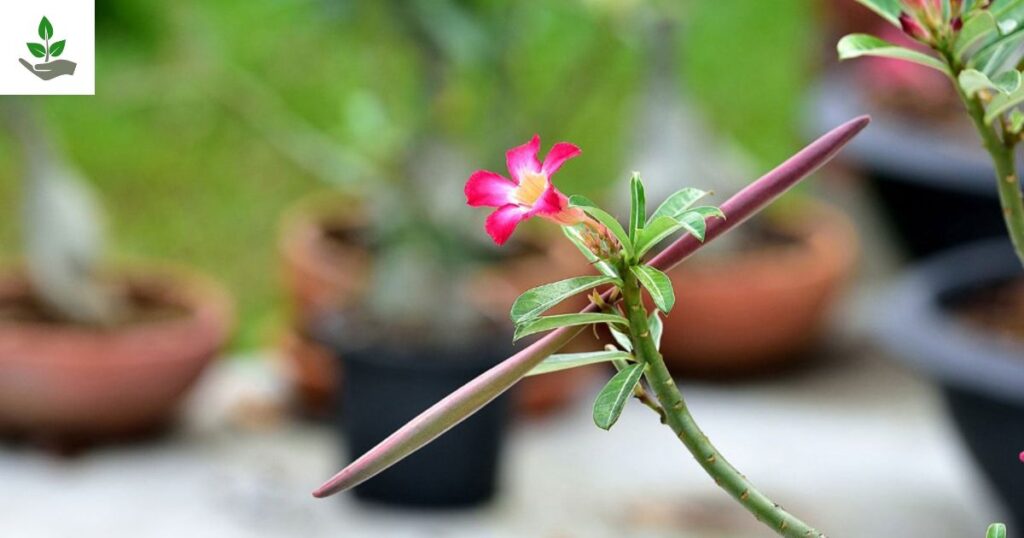
This specific requirement makes germination a delicate yet rewarding process often sparking curiosity about the plant resilience and survival strategies in harsh conditions.
Desert Rose Planting And Growing
This plant is a rewarding venture for both novice and experienced gardeners alike. This succulent known for its striking trumpet shaped flowers and unique swollen trunk thrives in well draining soil and requires plenty of sunlight to flourish. To create an optimal environment consider using a cactus or succulent mix or even creating your own blend with sand, perlite, and potting soil to ensure excellent drainage. When planting, choose a pot with drainage holes to prevent waterlogging which can lead to root rot a common pitfall for many gardeners.
Desert Rose Plant Care
Caring for a Desert Rose plant can be a rewarding experience, especially when you witness its vibrant blooms. These succulents thrive in bright indirect sunlight making a south facing window an ideal spot. It is essential to strike a balance while they relish the sun. Too much direct exposure can scorch their delicate leaves. Watering is another crucial aspect of care that allows the soil to dry out completely between waterings to prevent root rot.
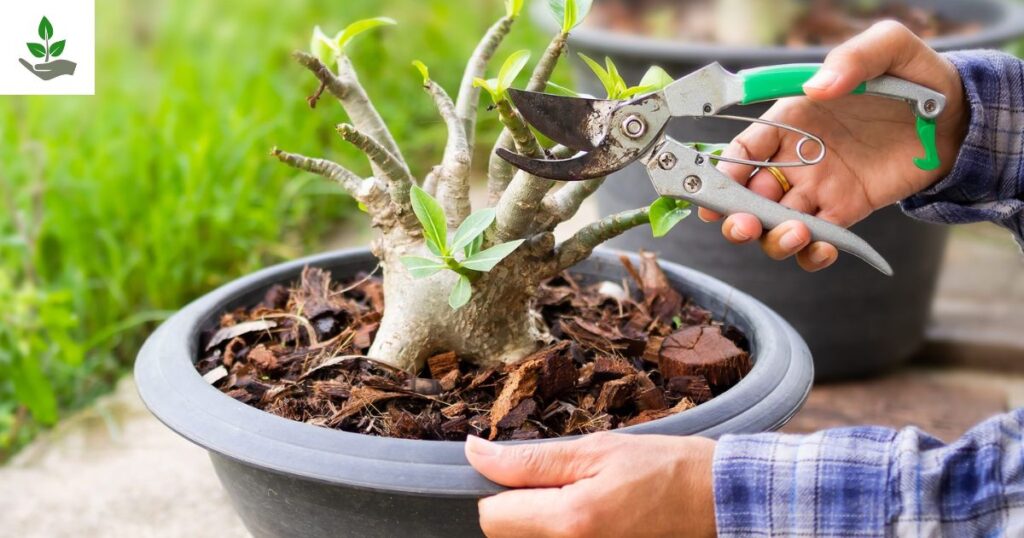
which is a common pitfall for many enthusiasts During the growing season a diluted liquid fertilizer high in phosphorus can encourage those stunning blossoms. Interestingly Desert Roses have a unique ability to adapt to their environment. If you notice your plant stretching towards the light it may be time to rotate it regularly to ensure even growth.
Indoor care
Indoor care extends beyond just keeping your space tidy. It involves creating a nurturing environment that promotes well being for both you and your indoor plants. One often overlooked aspect is the role of humidity in maintaining healthy indoor ecosystems. Many houseplants thrive in humidity levels between 40% to 60%. To achieve this, consider using a humidifier or placing water trays with pebbles near your plants. This simple adjustment can drastically improve their growth and vibrancy, allowing you to enjoy the full spectrum of greenery in your home.
Desert Rose Plant Propagation
One of the most effective methods is through stem cuttings, which can yield vibrant new plants in just a few weeks. To begin, select a healthy stem that’s at least six inches long. Allowing the cut end to be callous over a few days this crucial step helps prevent rot when the cutting is placed in soil. Opt for a well draining potting mix, ideally one designed for cacti or succulents, to ensure the roots thrive in a dry environment.
Another fascinating approach is seed propagation, which not only produces new plants but also offers an opportunity to observe the diversity within the species. Start by soaking the seeds for 24 hours to enhance germination rates then sow them in a sandy mix and maintain consistent moisture without overwatering. The excitement of watching these seeds sprout into miniature versions of their stunning parents adds an element of anticipation to your gardening experience.
What are Desert Rose Benefits and Uses?
Ornamental
Aesthetic Appeal its striking flowers in vibrant colors such as pink, red, and white, Desert Rose is widely used as an ornamental plant in gardens, patios, and indoor spaces.
The plant’s thick swollen base (caudex) and unique shape make it a popular choice for bonsai cultivation.
Medicinal
Traditional Medicine some cultures, parts of the Desert Rose plant have been used for their potential to treat ailments like wounds, infections, and inflammation. However, it’s important to note that it can be toxic, so caution is advised.
Antibacterial Properties Some studies suggest the plant has antibacterial and antifungal properties but these claims need further research and should not replace medical treatment.
Air Purification
Like many indoor plants, Desert Rose can help purify the air by absorbing carbon dioxide and releasing oxygen, contributing to improved air quality.
Symbolic
Symbol of Strength and Resilience Due to its ability to thrive in harsh, arid conditions, the Desert Rose is often seen as a symbol of resilience and endurance in various cultures.
Landscaping and Erosion Control
In arid regions, Desert Rose can be used in landscaping to add beauty to dry landscapes and help prevent soil erosion, thanks to its drought tolerance and deep root system.
What are Desert Rose Plant Tips and Fun Facts?
Sunlight: Desert roses need full sun to thrive. Place them in a spot with at least 6 hours of sunlight per day.
Watering: Water sparingly Allow the soil to dry out completely between waterings to avoid root rot.
Soil: Use well draining soil like cactus or succulent mix.
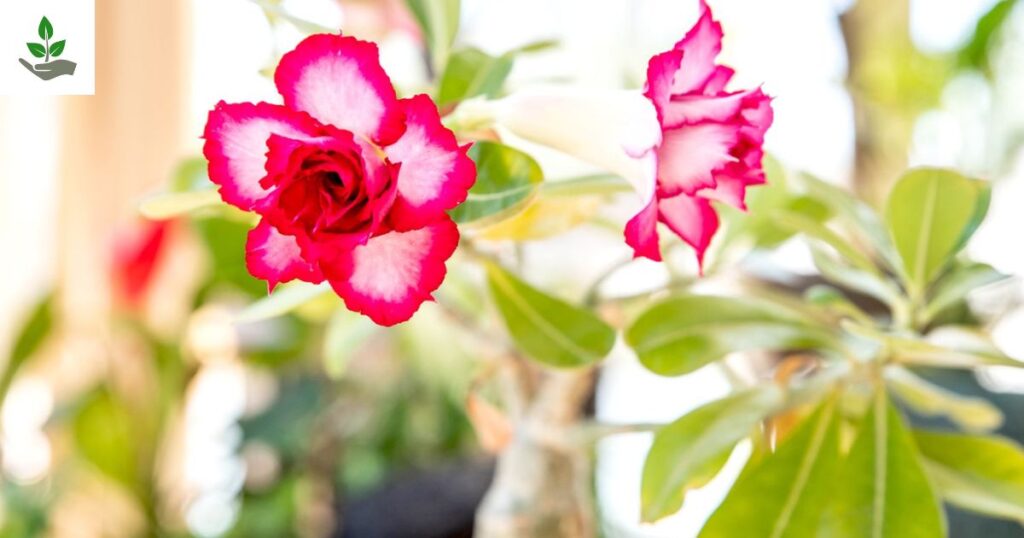
Temperature: They prefer warm temperatures typically between 60°F to 90°F (16°C to 32°C).
Pruning: Prune occasionally to maintain shape and remove dead stems. Be careful of thorns.
I prefer you to Check our other post: Top 6 Lavender Tree For Easily Growing
Conclusion
Desert Rose plant requires an understanding of its unique needs for light, water, and soil. These striking plants thrive in bright sunlight and prefer well draining soil to prevent root rot. Regular pruning can help maintain their shape and promote healthy growth, while careful attention to watering schedules will keep them vibrant and strong. effective Desert Rose plant care hinges on providing the right environmental conditions and consistent maintenance.
Ensuring ample sunlight and well drained soil is crucial for their health and longevity. Regular watering, alongside appropriate fertilization will encourage lush blooms and robust growth. Moreover, being proactive with pruning can help shape your plant and remove any dead or unhealthy sections. By adopting these practices, you’ll not only nurture a thriving Desert Rose but also enhance the aesthetic appeal of your space.
FAQs
What is a Desert Rose plant?
The Desert Rose (Adenium obesum) is a succulent shrub native to Africa and the Arabian Peninsula, known for its beautiful, trumpet-shaped flowers and thick, bulbous trunk.
How often should I water my Desert Rose?
Water your Desert Rose every 2-3 weeks, allowing the soil to dry out completely between waterings. Overwatering can lead to root rot.
How much sunlight does a Desert Rose need?
Desert Roses thrive in full sun, requiring at least 6 hours of direct sunlight each day. A south-facing window or outdoor location is perfect for optimal growth.
When should I fertilize my Desert Rose?
Fertilize during the growing season (spring and summer) with a balanced, diluted fertilizer every 4-6 weeks to promote blooming and healthy growth.
Thanks For Reading…







